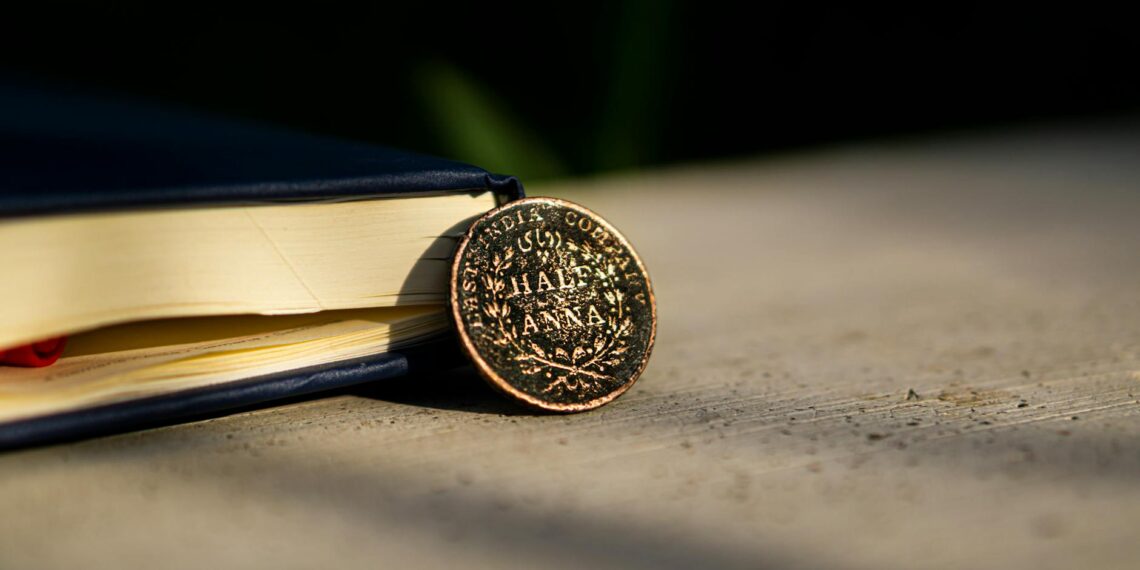What makes a coin valuable goes beyond its face value and hinges on a combination of factors that appeal to collectors and investors.
- Coins with a limited production run (low mintage) are generally harder to find, making them more desirable and valuable.
- The survival rate of a coin also plays a role, as even high-mintage coins can become rare if many were lost, damaged, or melted down over time.
- The better the condition, or “grade,” of a coin, the higher its value.
- Coins are graded on a scale from 1 (poor) to 70 (perfect mint state), based on factors like luster, surface preservation, and strike quality.
- Professional grading services like PCGS and NGC provide a standardized assessment of a coin’s condition and authenticity.
- The more people interested in a particular coin, the higher its value.
- Popularity can fluctuate based on collector trends and economic factors.
- Coins tied to important historical events or figures tend to be more sought after.
- Coins connected to significant historical events or periods, like the Civil War or World War II, can hold higher value due to their context.
- Examples include the 1943 copper Lincoln penny, valuable due to copper scarcity during wartime.
- Coins with unique marks due to errors or limited editions can be highly valuable.
- The 1955 Doubled Die Lincoln Cent is a collector favorite due to its striking visual appeal and affordability compared to rarer errors.
- The 2000 Sacagawea Dollar/Washington Quarter Mule is one of the rarest modern U.S. mint errors, with only 12 examples known.
- Coins made of valuable metals like gold, silver, and platinum naturally have a higher intrinsic value.
- Historically, coins’ face value was based on their metal content, but this is less common today.
- The weight and purity of a precious metal coin are crucial for assessing its investment value.
In essence, a coin’s value is a complex interplay of its scarcity, condition, historical context, and the current demand within the numismatic market.









Are any $1 coins worth more than $1?
Great question! While most modern dollar coins are worth only face value, certain series and dates can command significant premiums, with some historical silver dollars worth $40 or more in average condition.
What to look for when coin collecting?
From my experience, When you spot a coin in which you are interested, examine it under good lighting. Look at the luster, or shininess of the coin, to determine whether the coin has been harshly dipped, cleaned, whizzed, or otherwise damaged. Check for hairlines, or tiny scratches parallel to one another, which are indicative of cleaning.